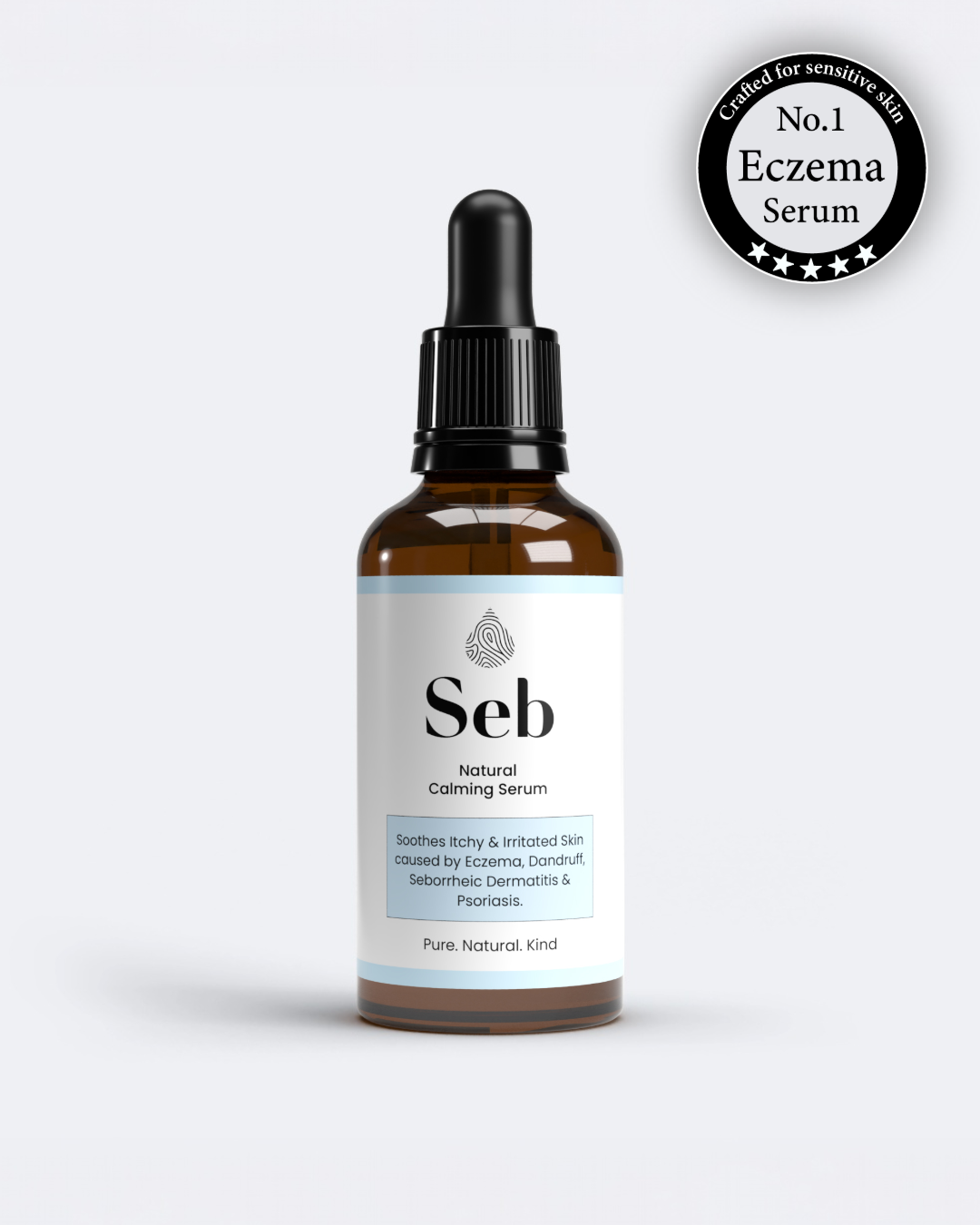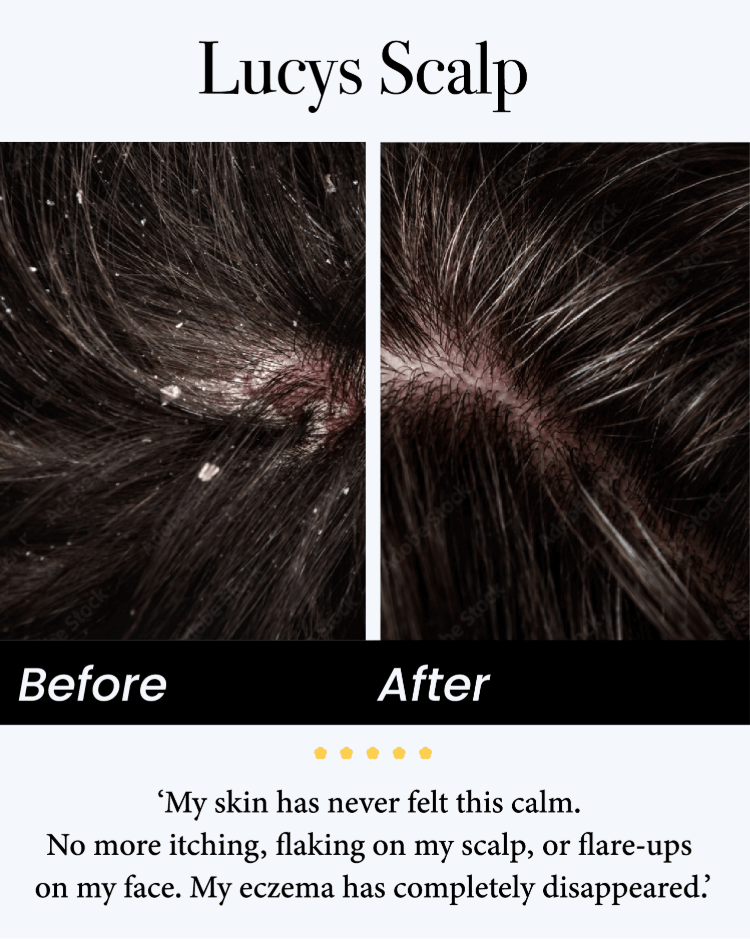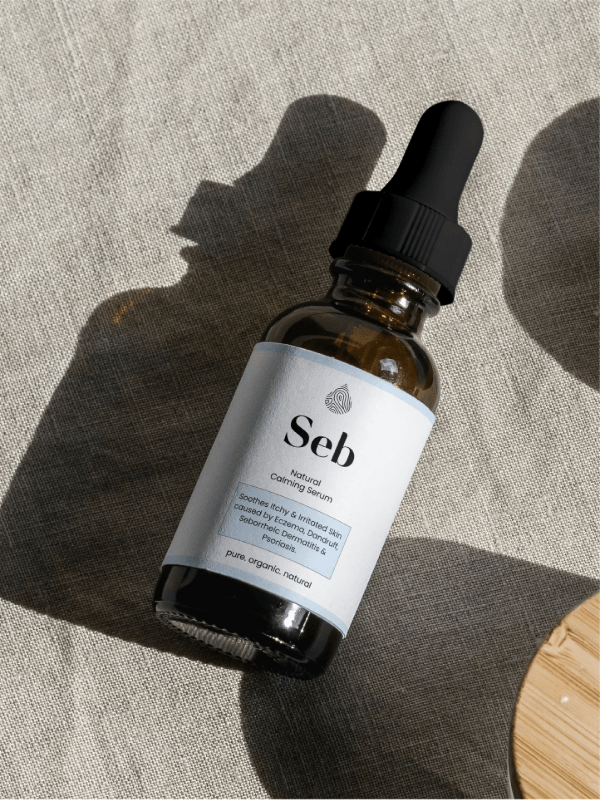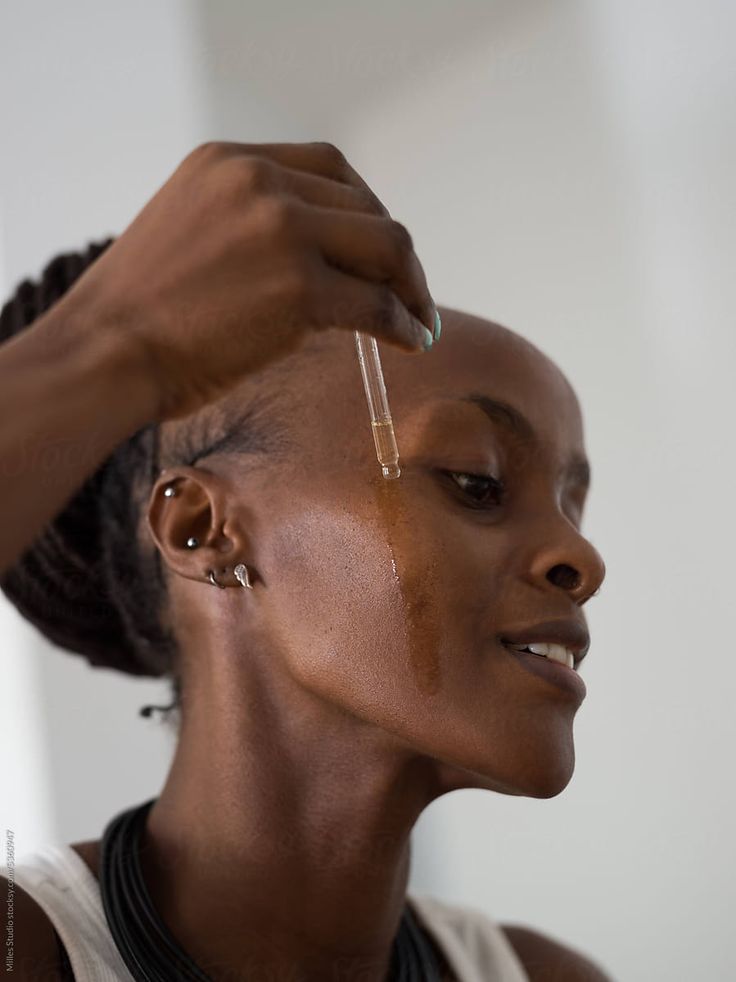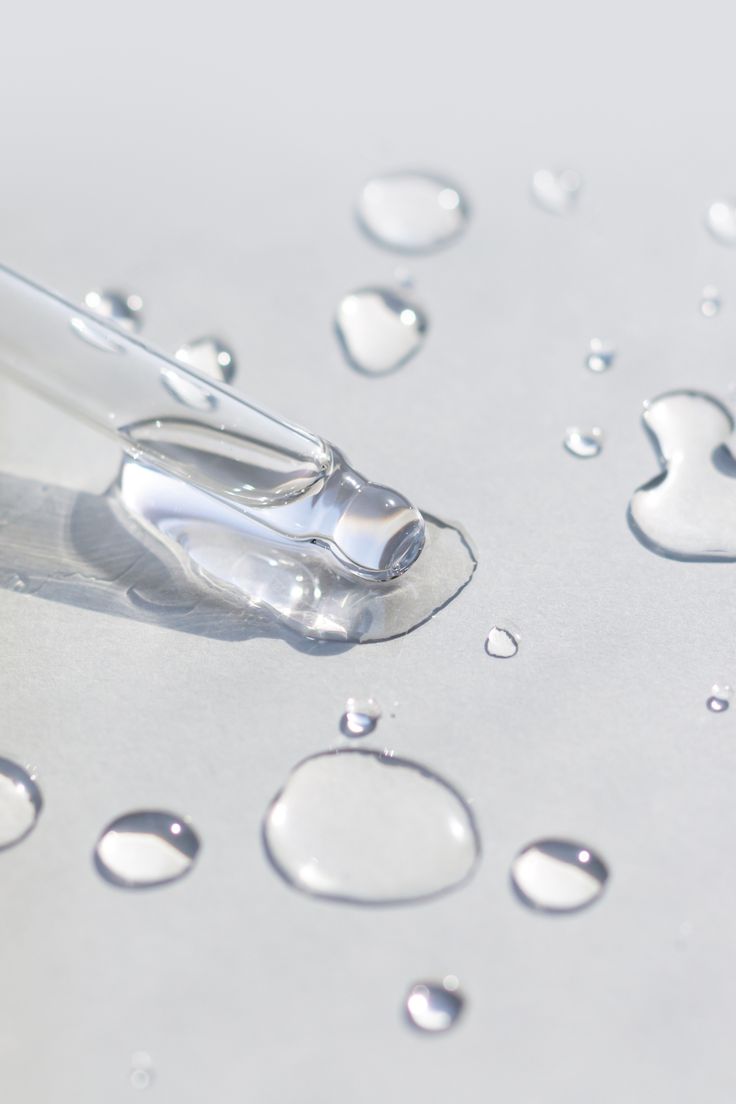
Managing Seborrheic Dermatitis While Wearing Makeup
Living with seborrheic dermatitis can be challenging, especially when it comes to wearing makeup. You want to cover up redness and flakes, but you also don’t want to aggravate your skin to potentially make things worse. The good news is, with the right makeup products and application techniques, you can manage flare-ups while still enjoying a glowing look.
In this blog, we’ll explore a make up routine that's gentle on sensitive skin, as well as tips for applying and removing makeup without worsening your seborrheic dermatitis.
Choosing the Right Makeup for Sensitive, Irritated Skin
When you have seborrheic dermatitis, it’s essential to choose makeup that won’t trigger flare-ups or worsen irritation. Here are some key things to look for when shopping for skin-friendly makeup:
1. Opt for Hypoallergenic and Non-Comedogenic Products
Makeup labeled as hypoallergenic is designed to reduce the risk of irritation, making it a great option for sensitive skin. Non-comedogenic products are another must, as they won’t clog pores and can help minimise the risk of aggravating seborrheic dermatitis.
2. Fragrance-Free and Alcohol-Free Makeup
Fragrances and alcohol can be harsh on sensitive skin, often leading to more irritation or dryness. Choose fragrance-free and alcohol-free foundations, concealers, and powders to prevent further drying or flaking on areas affected by seborrheic dermatitis.
3. Mineral Makeup
Mineral-based makeup is generally considered a safer option for sensitive skin types. It’s free from harsh chemicals and often contains zinc oxide, which has anti-inflammatory properties that can help soothe irritated skin. Look for lightweight, breathable formulas that won’t suffocate your skin or worsen flakiness.
4. Moisturising or Hydrating Formulas
If your skin tends to get dry or flaky, especially during flare-ups, choosing makeup with hydrating properties is key. Products infused with soothing ingredients like hyaluronic acid or ceramides can help lock in moisture and keep your skin comfortable throughout the day.
5. BB Creams and Tinted Moisturisers
For days when you want lighter coverage, BB creams or tinted moisturisers can be a great alternative to heavier foundations. These products provide a natural, even skin tone while also moisturising the skin, which is essential for those with seborrheic dermatitis.
Tips for Applying Makeup When You Have Seborrheic Dermatitis
Applying makeup when your skin is prone to redness and flaking requires a gentle approach. Here are some tips to help you achieve a smooth application without worsening irritation:
1. Prep Your Skin with Moisturiser
Before applying makeup, always start with a good moisturiser. Choose one that is specifically formulated for sensitive skin or dermatitis-prone skin to help create a smooth base. This will help prevent makeup from clinging to dry patches and reduce the appearance of flakes.
2. Use a Silicone-Free Primer
A silicone-free primer can help create a barrier between your skin and makeup, reducing the risk of irritation. Look for primers that are hydrating and calming, as these can further help soothe inflammation while creating an even surface for makeup application.
3. Apply Makeup with a Light Hand
When applying makeup, it’s important to avoid scrubbing or tugging at your skin, as this can cause more irritation. Instead, use gentle dabbing or patting motions with a makeup sponge or clean fingers to apply foundation and concealer. Avoid heavy layers of product—light, buildable coverage is often best.
4. Avoid Powder on Dry Patches
If you have flakiness or dryness, avoid using too much powder on those areas. Powders can often accentuate dryness, making the flakes more visible. If you must use powder, opt for a light dusting on oilier areas like the T-zone, and choose finely-milled, hydrating formulas.
5. Spot Conceal Instead of Full Coverage
On days when your skin is particularly inflamed, it might be better to avoid full-face foundation. Instead, opt for spot concealing in areas where you need coverage, like around redness or uneven skin tone, to minimize product buildup.
Removing Makeup Safely
Proper makeup removal is just as important as the application, especially when you have seborrheic dermatitis. The goal is to remove all makeup without irritating your skin or triggering a flare-up. Here’s how to do it:
1. Use a Gentle, Fragrance-Free Cleanser
Harsh cleansers can strip your skin of its natural oils and worsen irritation. Opt for a gentle, fragrance-free cleanser that is designed for sensitive skin. Creamy or oil-based cleansers work well as they effectively remove makeup without drying out your skin.
2. Double Cleanse for Thorough Removal
The double cleansing method is ideal for removing makeup without over-scrubbing. Start with an oil-based cleanser to break down makeup, followed by a gentle foaming or hydrating cleanser to wash away impurities and excess oil. This ensures your skin is clean without being stripped.
3. Avoid Makeup Wipes
While makeup wipes may seem convenient, they can be harsh on sensitive skin, causing friction and irritation. Instead, opt for a soft washcloth or cotton pads soaked in micellar water or your cleanser to gently remove makeup.
4. Pat Your Skin Dry
After cleansing, always pat your skin dry with a clean, soft towel. Avoid rubbing your face, as this can trigger more irritation, especially during flare-ups.
5. Follow Up with Moisturiser
Once your makeup is removed, always follow up with a soothing, hydrating moisturiser to restore moisture and calm your skin. Look for moisturisers with anti-inflammatory ingredients like aloe vera or niacin amide to help reduce redness and irritation.
Final Thoughts
Managing seborrheic dermatitis while wearing makeup doesn’t have to be a frustrating experience. By choosing skin-friendly products and following a gentle application and removal routine, you can enjoy wearing makeup without worsening your symptoms. And remember—on flare-up days, less is more. Taking extra care of your skin and opting for lighter coverage can make a big difference in keeping your skin healthy and comfortable.


